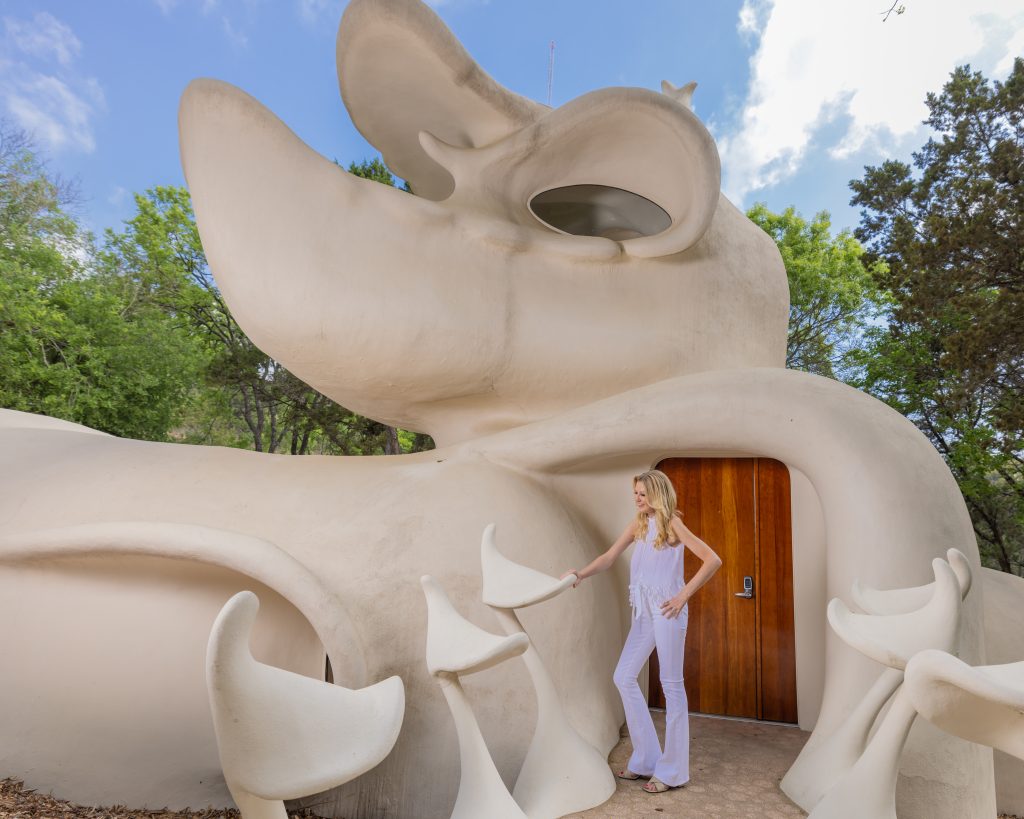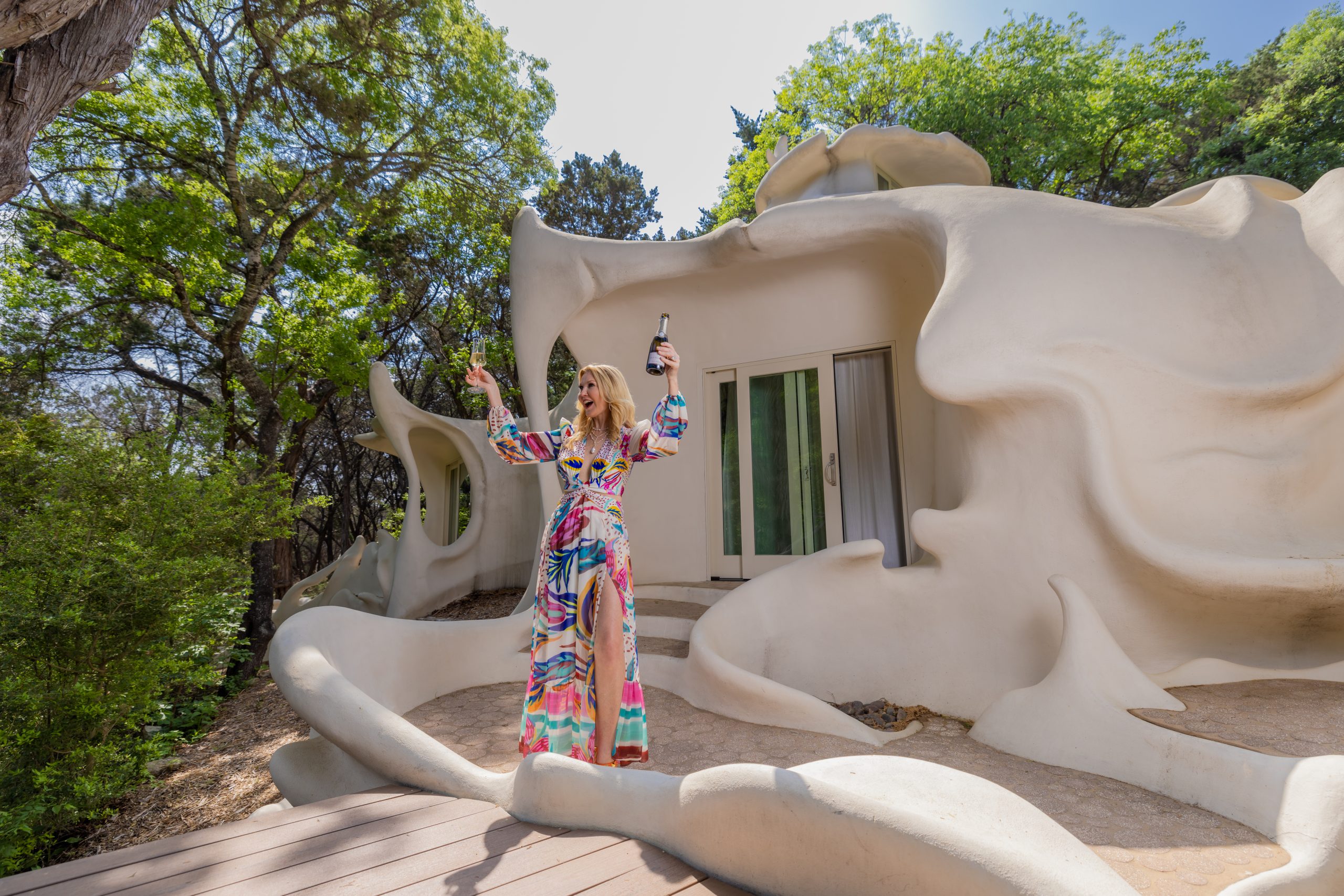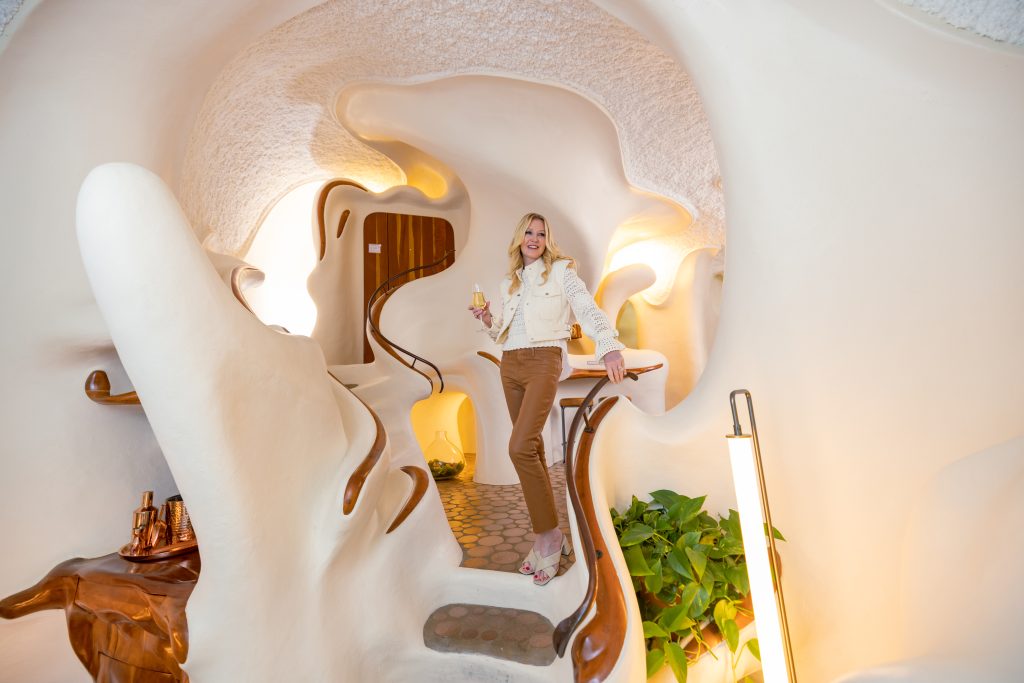
but round plant-like buildings are making a comeback!
Guggenheim Museum, New York
Architect: Frank Lloyd Wright
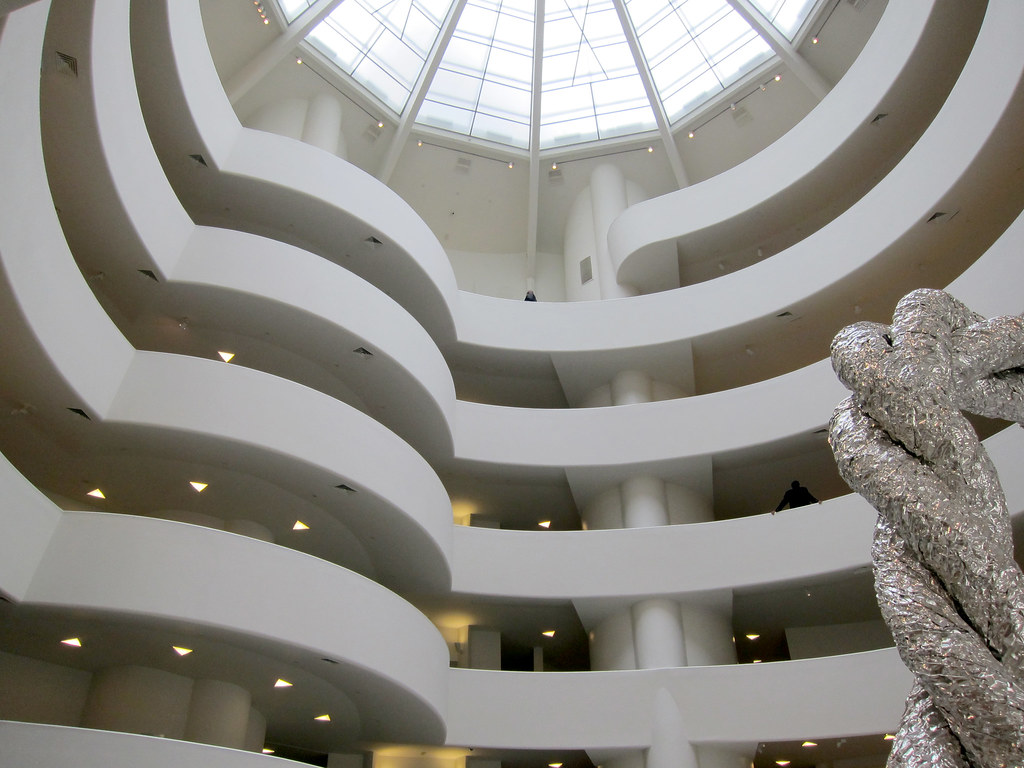
Disney Concert Hall, Los Angeles, CA
Architect: Frank Gehry
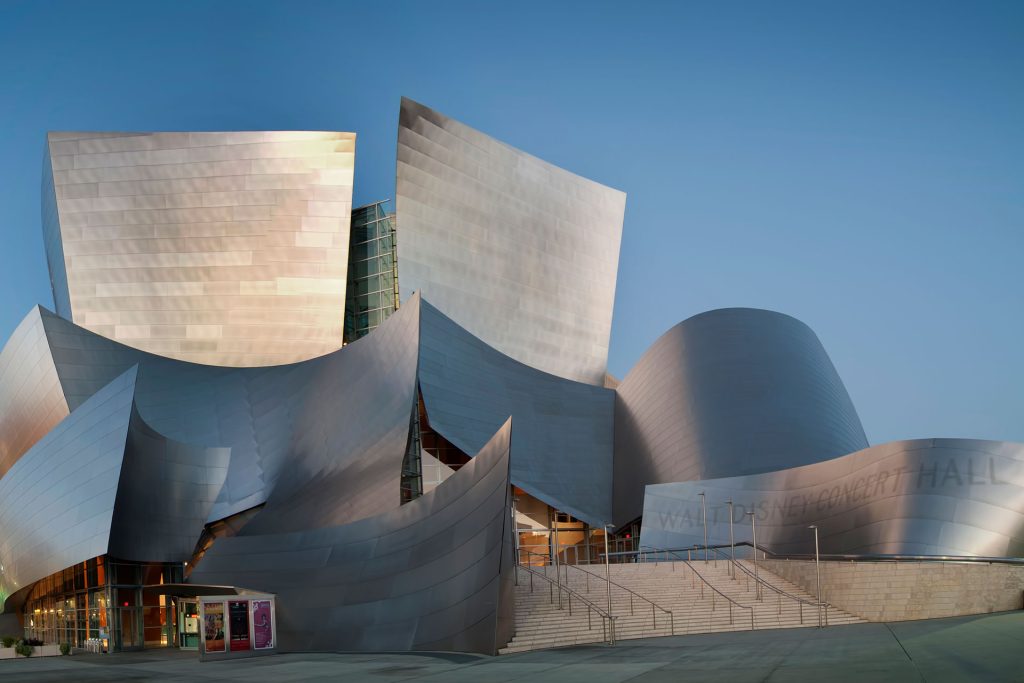
Frank Gehry, a lifetime lover of classical music, created one of the finest concert halls and a truly iconic parts of Los Angeles. From above, the concert hall resembles a blooming flower – something he had promised Lillian Disney who donated $50 million to the project. Lillian died before the completion of the project but Frank said that, “She could see it from heaven. I was happy about that.”
Nemesis Coffee, Vancouver, Canada
Architects: Perkins & Will
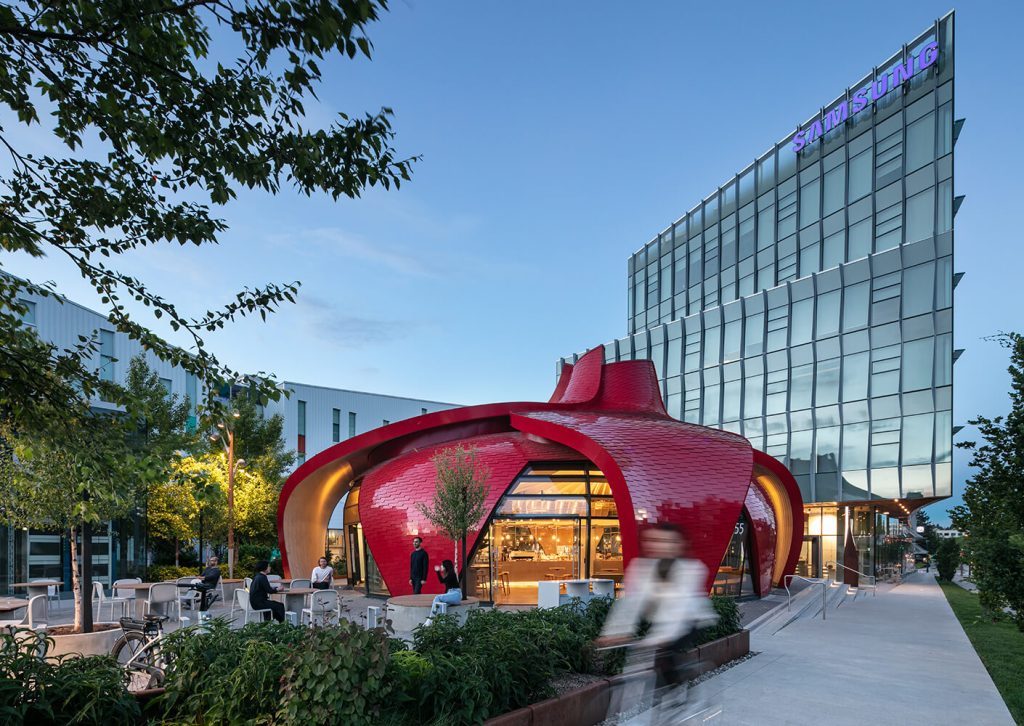
Esperanza, Manhattan Beach, CA
Architectural Designer: Gulla Jonsdottier
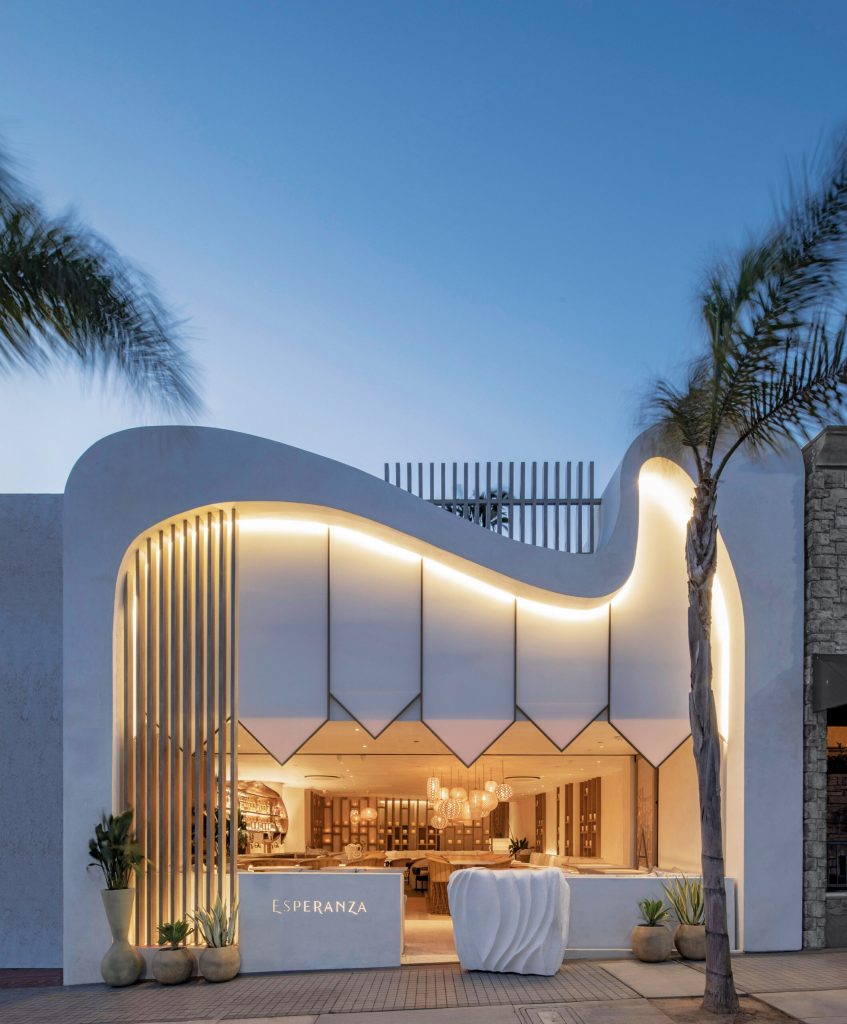
Bloom House, Austin, TX
Architect: Charles Harker
